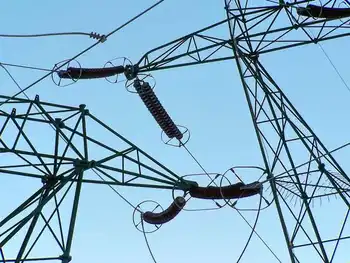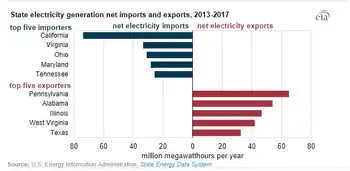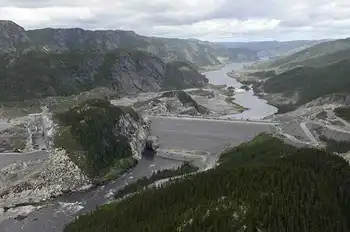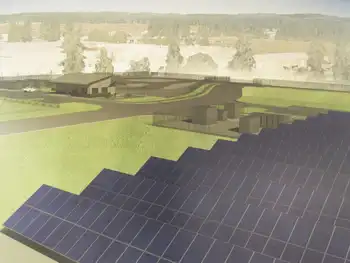SMA Solar defies market gloom
By Reuters
Substation Relay Protection Training
Our customized live online or in‑person group training can be delivered to your staff at your location.

- Live Online
- 12 hours Instructor-led
- Group Training Available
Makers of solar cells and modules, such as First Solar, and Q-Cells, said earlier this month 2011 would be tough as falling government subsidies hit demand.
But SMA Solar, which accounts for more than 40 percent of the global market for solar inverters, is maintaining its outlook for the year after benefiting from its market dominance to post better-than-expected first-quarter results.
Solar inverters convert electricity generated from solar modules into a form, which can be fed into an electricity grid.
"We think there is enough market capacity to serve this the photovoltaic market and enough demand to satisfy it," SMA Chief Financial Officer Pierre-Pascal Urbon told a conference call, pointing to a pickup in demand since April.
SMA, also Germany's biggest solar company by sales, still expects a margin for 2011 earnings before interest and tax EBIT of 21 to 25 percent, down from 27.4 percent in 2010.
After posting record sales of 1.9 billion euros US $2.70 billion last year, this year's sales are expected to come in at 1.5 billion to 1.9 billion euros.
"We believe this is a particularly good time to add SMA to your portfolio," Jefferies Research analysts wrote, with a "buy" rating on the stock.
SMA posted first-quarter sales of 256 million euros and EBIT of 13.7 million euros, down from last year's 92.4 million.
The figures beat low analyst estimates in a Reuters poll after the company had warned in late March that first-quarter sales would be above 200 million euros and that operating profits would break even.
"It's slightly positive for sentiment that SMA Solar managed to beat expectations but nevertheless the company depends on improving business conditions in the course of the year," a trader said.
Traditionally reporting operating margins of close to 30 percent, SMA Solar said that the EBIT margin for first-quarter stood at 5.4 percent, down from 27.2 percent a year earlier.
SMA Solar is also coming under attack from new players in the field such as main rival Power One Inc, whose market share soared last year to make it the global No.2, and which reported sharply higher quarterly earnings.
The company competes with smaller players Fronius and Kaco, but also with big conglomerates such as Siemens and Schneider Electric in the field of solar inverters.











